Natural ecosystems begin to vanish all over the world. Not only does it mean that the wonderful sights we travel to are fading, but it also means that they are forced to extinction by the creatures that live inside them.
Sumatran Rhino

The Sumatran rhino is one of the world’s most endangered rhino species, alongside the Javan rhino. It is the smallest as well. In Sumatra, Borneo, and the Malay Peninsula, only a few are left, but it is not only the longevity of this species (there are less than 100 left). What makes it so remarkable is also its ancestry: the Sumatran rhino is more closely connected to the extinct woolly rhinoceros than any other rhino species that exist today.
Hainan Gibbon
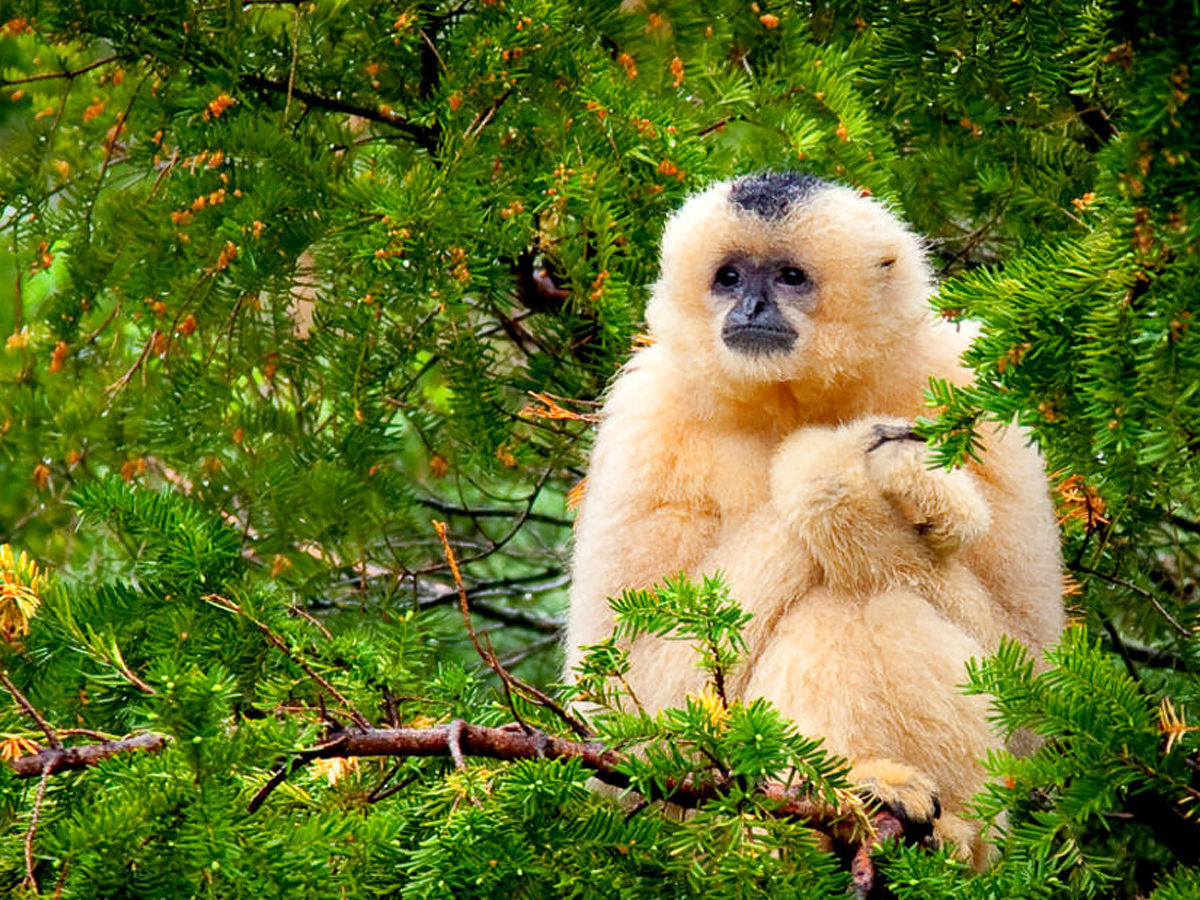
A victim of poaching and habitat destruction, the stunning Hainan gibbon pushes its ever-dwindling numbers down to just 25 and thus renders it the rarest ape on the planet. The only place you can spot one is on China’s Hainan Island in the Bawangling National Nature Reserve. This is home to the last living population, which is confined within the forest to a single location.
Gorilla
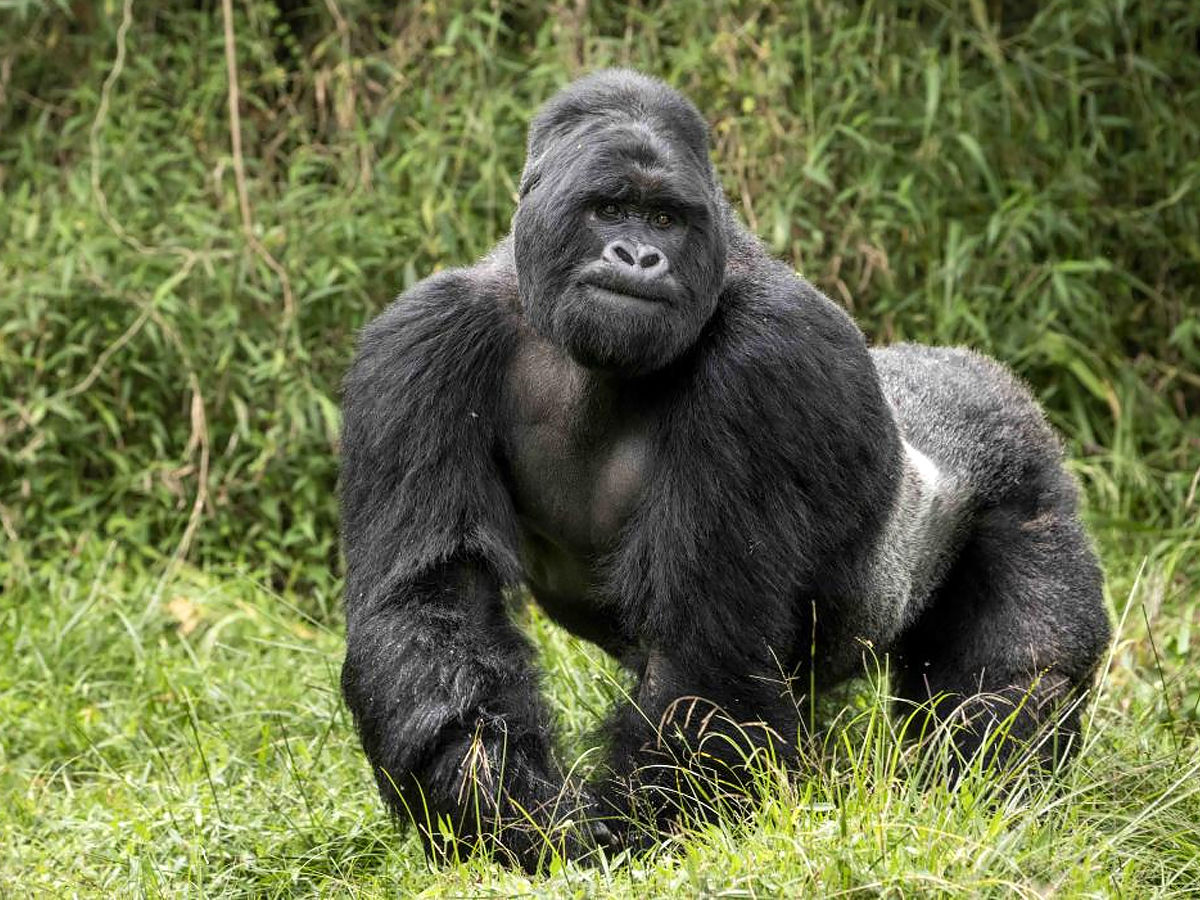
Although the mountain gorilla population has increased, particularly in recent years, thanks to the WWF’s conservation efforts, it is still a very rare occurrence to spot a gorilla in the wild. This is primarily due to the gorillas’ position and the cost of getting to them. The Democratic Republic of Congo is preferred by only the most intrepid of tourists, while the more security-conscious will embark on a trek to Rwanda or Uganda, where permits cost more than US$500 per hour. However, it’s completely worth forking out for. Having these primates in the wild is an absolutely exciting experience, as the best of the great apes and sharing over 98 percent of their genetic code with humans.
Also Read, 9 Laziest Animals On The Planet
Black-eyed leaf frog
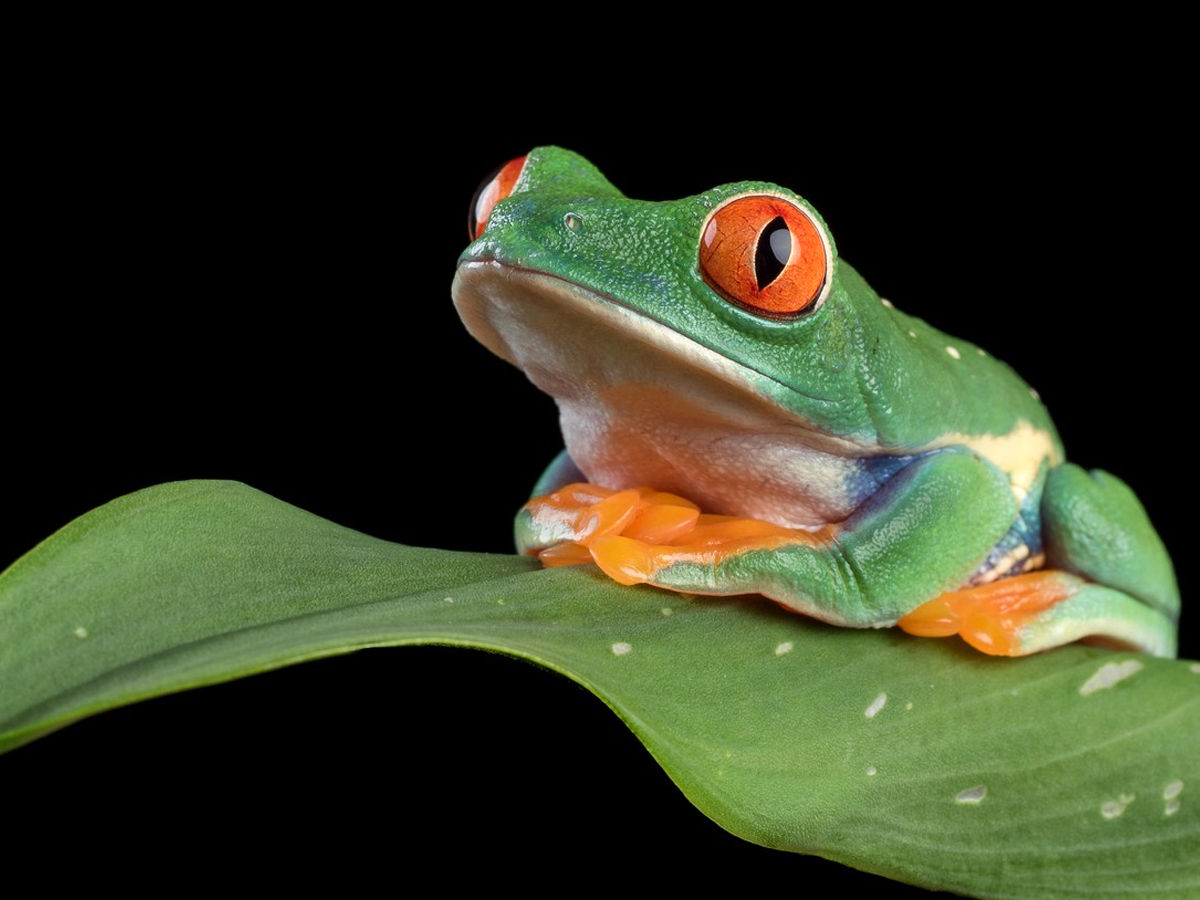
The bulging inky eyes and the black-eyed leaf frog’s lime-green skin (Morlet’s tree frog) are always a sight to see but only if you’re lucky enough to catch a glimpse. In the wetlands of Belize, Brazil, El Salvador, Mexico, Honduras, and Guatemala, the species is critically endangered but can be seen. However, make sure you look carefully because this small amphibian is less than 65 mm long.
Cuban funnel eared bats
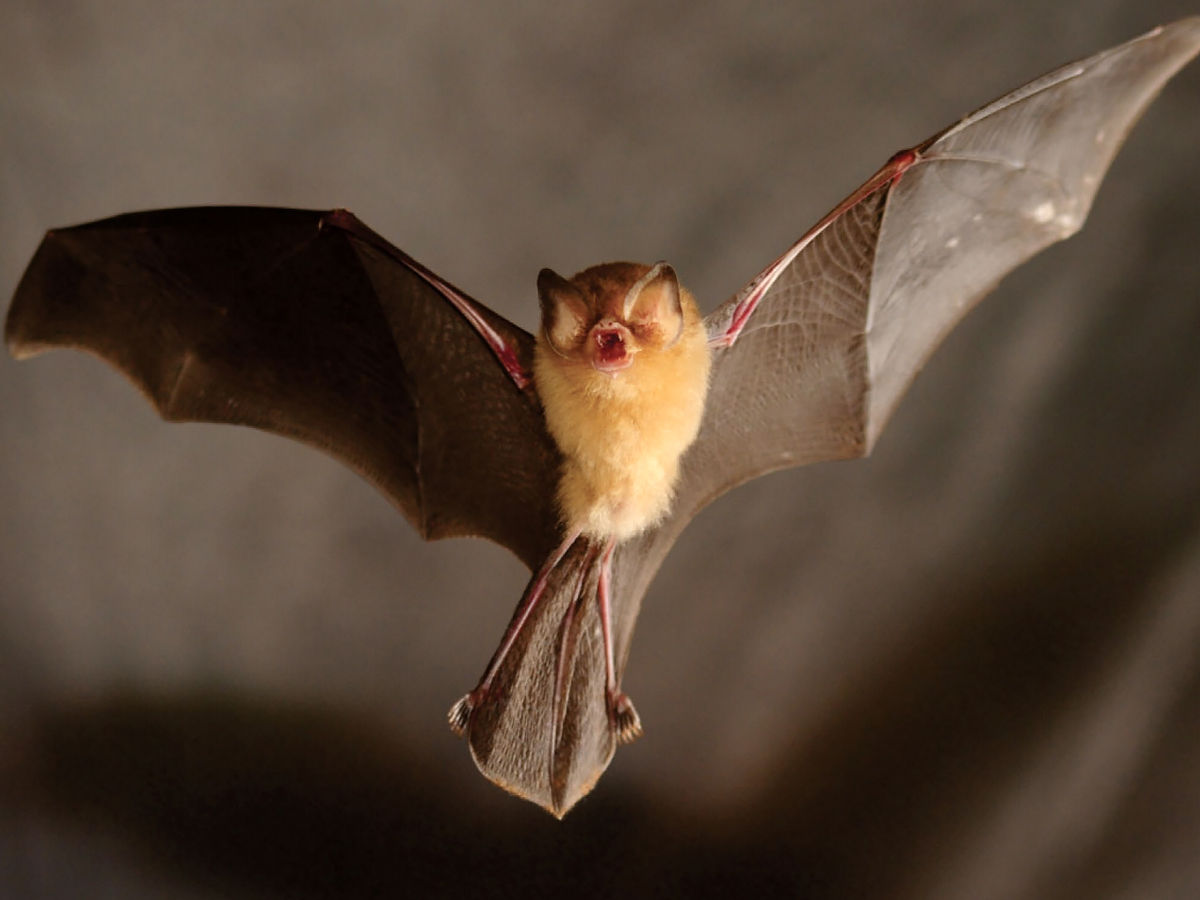
It is estimated that there are around 100 more mature Cuban funnel-eared bats remaining. As long as their body and head combine, these tan-furred animals have large ears and a tail. They live in one cave in Cueva de la Barca, on the westernmost tip of Cuba, and experience habitat loss due to the cave’s natural deterioration. There are 10 other species of funnel-eared bats, including varieties from Mexico, Trinidad, and the Bahamas.
Spoon-billed sandpiper

There are less than 100 spoon-billed sandpiper pairs remaining in the world, fiercely endangered by extinction. The eye-catching bill is second only in style to its exquisite plumage, which in winter is just as glamorous and distinctive as in summer. Among the twitchers and birders visiting the wetlands of South Asia, this tiny wader is a favorite, and the WWT is doing all it can to protect this charismatic species.
Greater bamboo lemur
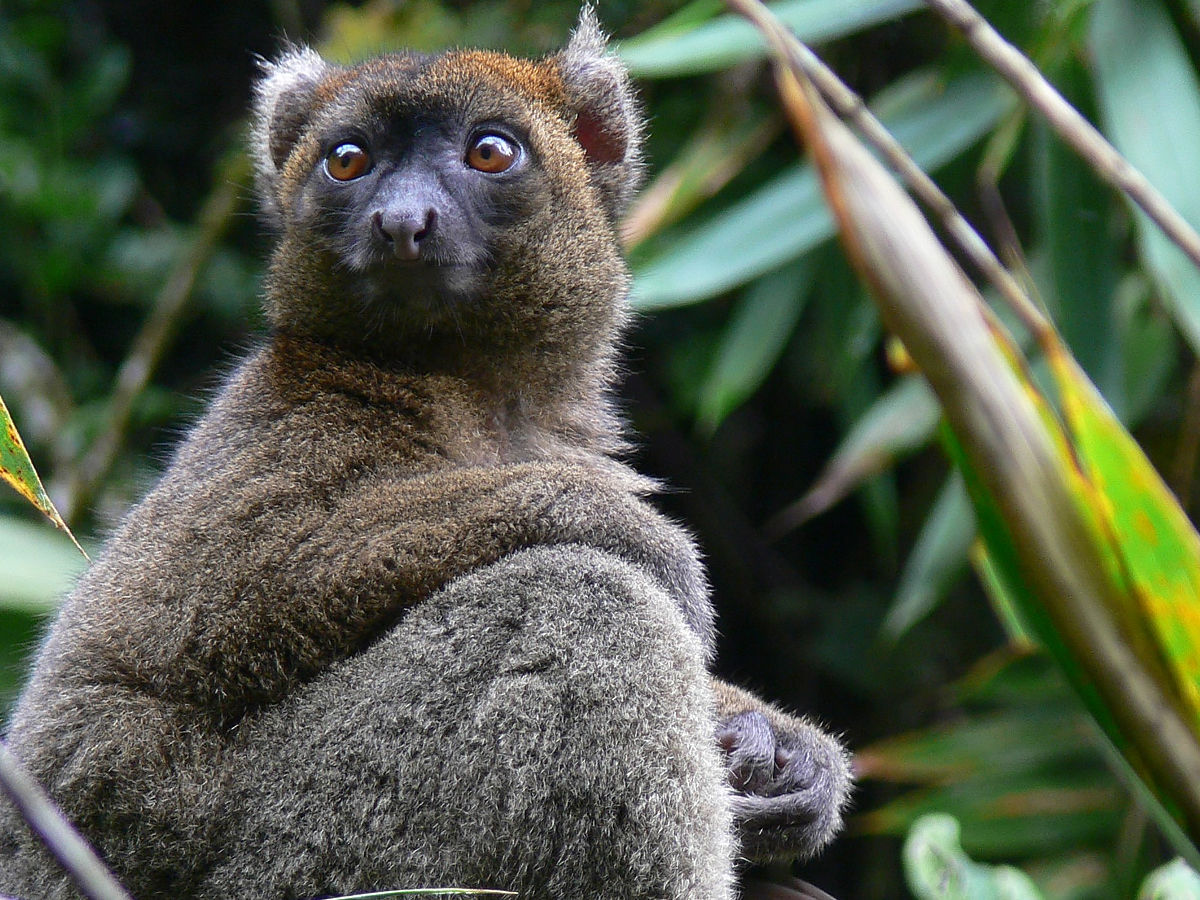
The greater bamboo lemur is the largest of the bamboo lemurs, known by the tufts of white emerging from its ears, with the last of its population in south-eastern Madagascar. This critically endangered primate was previously considered to be extinct by scientists until a population was discovered in the late eighties, that is. In fact, about 500 of these social beings, living in groups of up to 28, remain in the world.
























